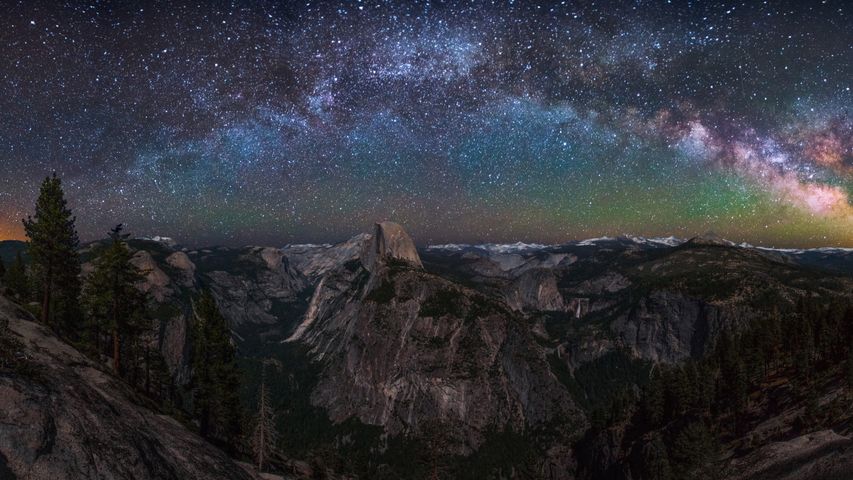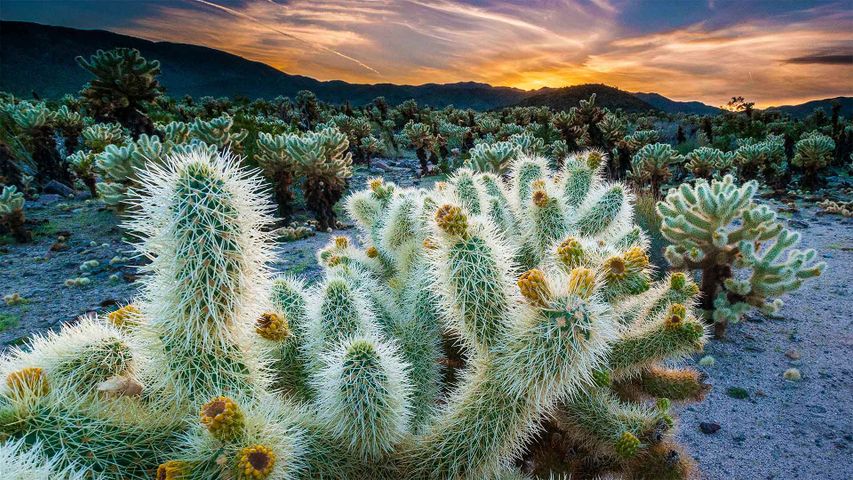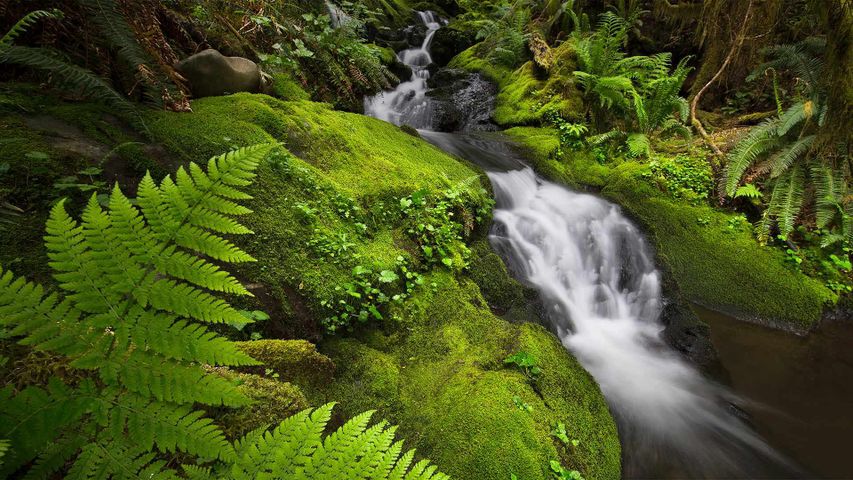The Large Magellanic Cloud, photographed by the Hubble Space Telescope
© ESA/Hubble/NAS
Celebrating 30 years of eye-opening images
On this day in 1990, the Hubble Space Telescope entered orbit in the cargo bay of the space shuttle Discovery. Shortly thereafter, it began its continuing mission to capture images of our universe from low Earth orbit, free of the obstructions of clouds and the distortions of the atmosphere. Like its namesake, the great astronomer Edwin Hubble, the Hubble Space Telescope has transformed our understanding of the cosmos. Some of the telescope's greatest contributions include its Deep Field images, which peer back billions of light-years and help astronomers measure the size and age of the universe and test theories about its origin. It's also produced jaw-dropping images of objects closer to home, like the one on today's homepage. Here we're looking at a maelstrom of glowing gas and dark dust within one of the Milky Way's satellite galaxies, the Large Magellanic Cloud.
NASA estimates that Hubble's mission will continue for another 10-20 years. Next year, it will be joined in orbit by the James Webb Space Telescope, which will be able to peer even farther into space and with greater sensitivity across more wavelengths.
Related Images
Bing Today Images

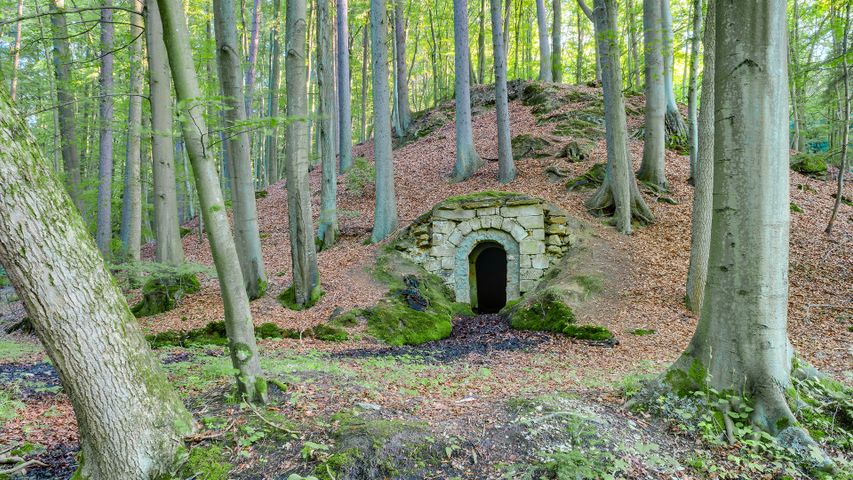
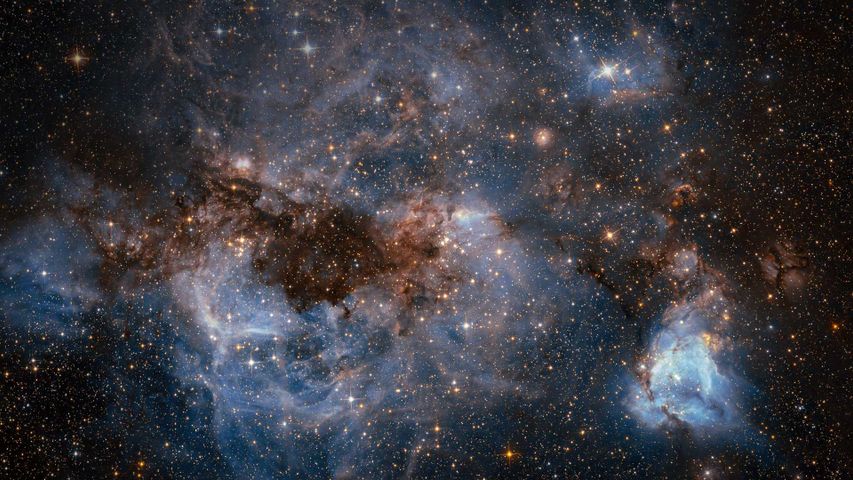
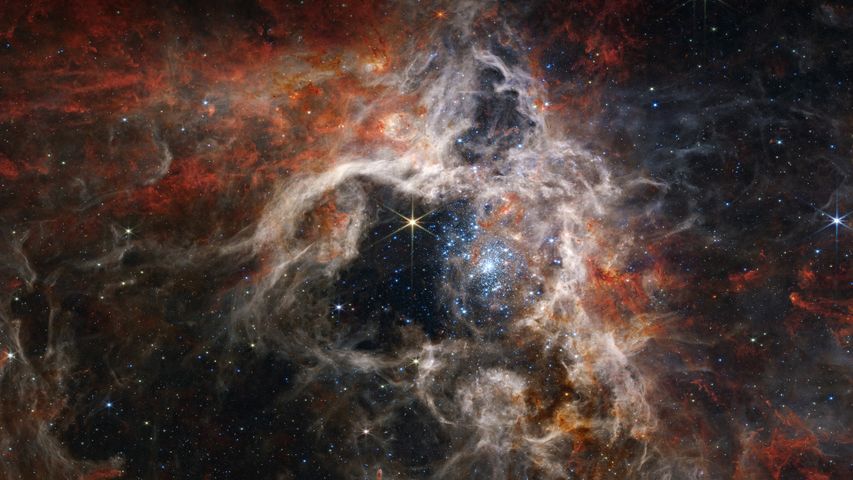 Young stars forming in the Tarantula Nebula, James Webb Space Telescope
Young stars forming in the Tarantula Nebula, James Webb Space Telescope
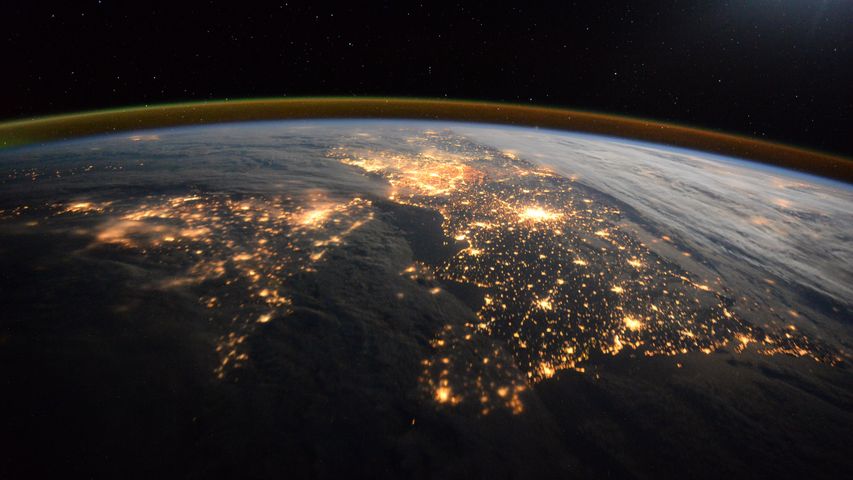 Earth seen from the International Space Station
Earth seen from the International Space Station
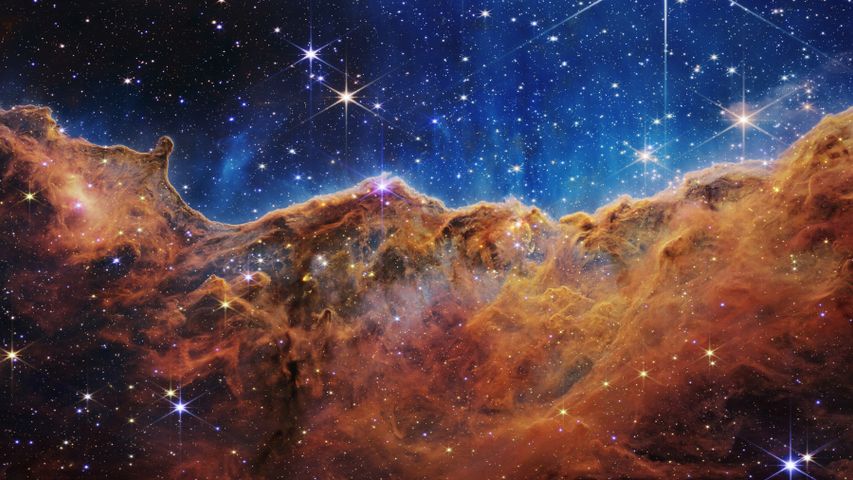 Cosmic Cliffs in the Carina Nebula
Cosmic Cliffs in the Carina Nebula
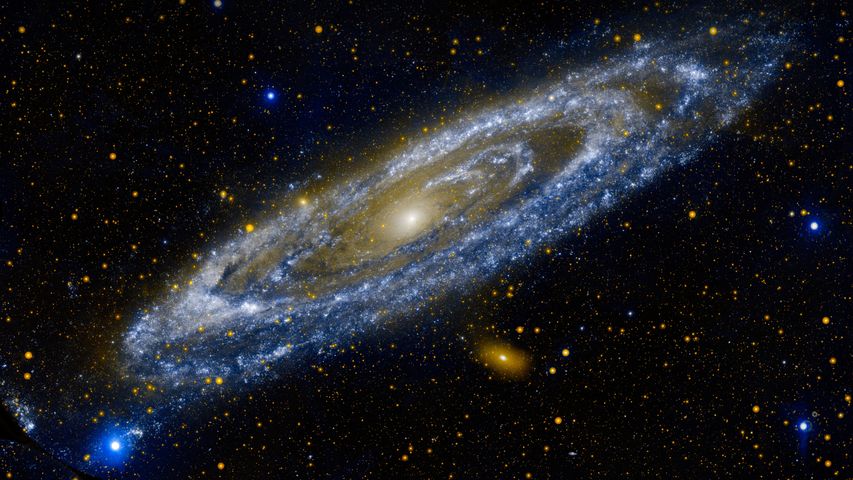 Andromeda galaxy
Andromeda galaxy
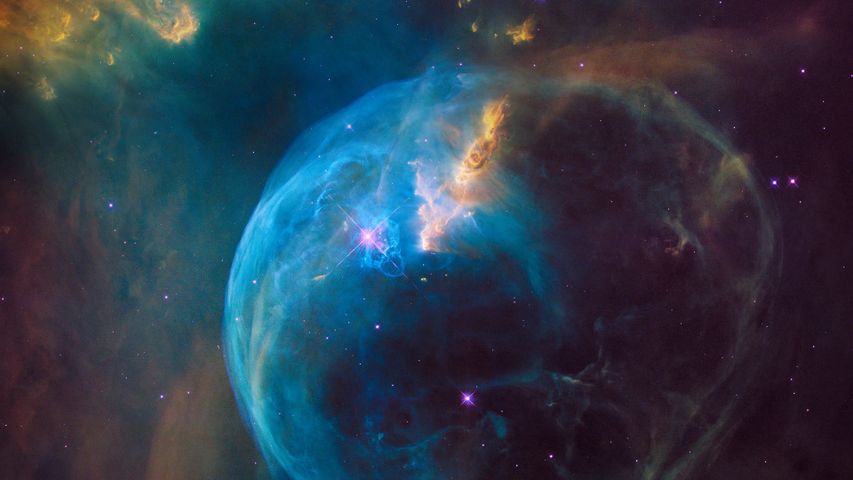 Bubble Nebula (NGC 7635)
Bubble Nebula (NGC 7635)
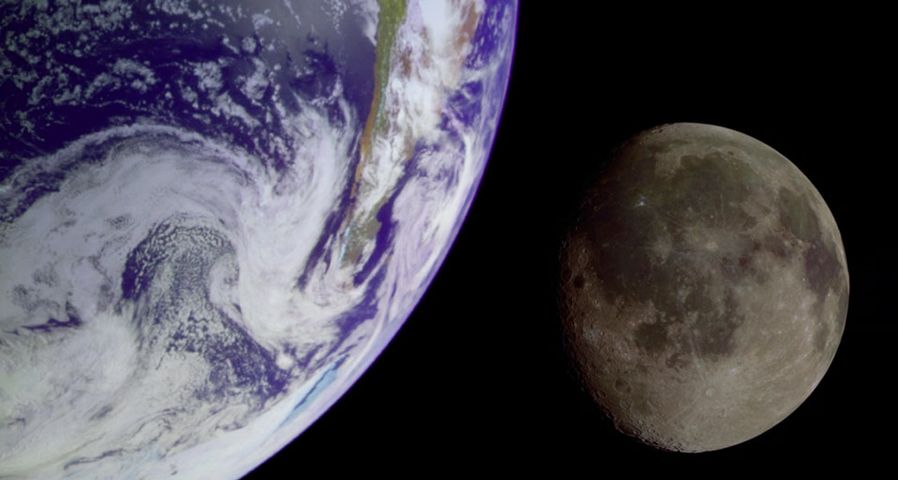 The Earth and Moon
The Earth and Moon
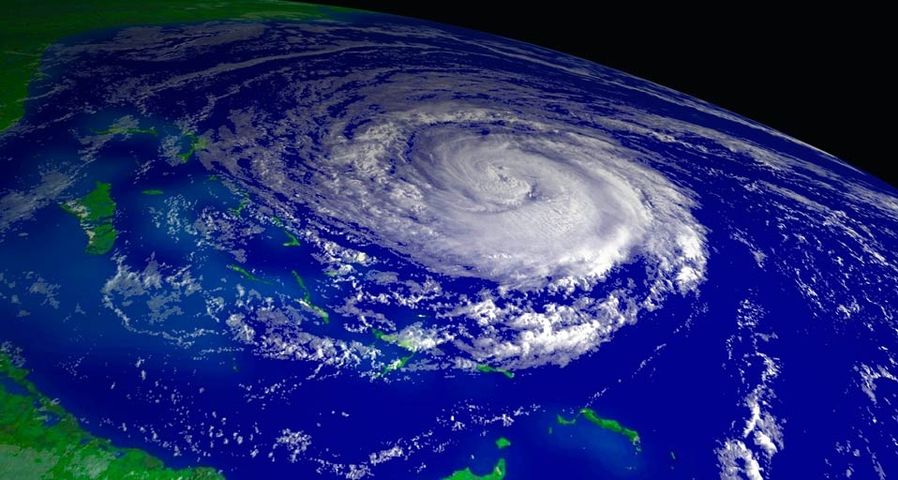 Hurricane Jeanne over the Bahamas in 2004
Hurricane Jeanne over the Bahamas in 2004

